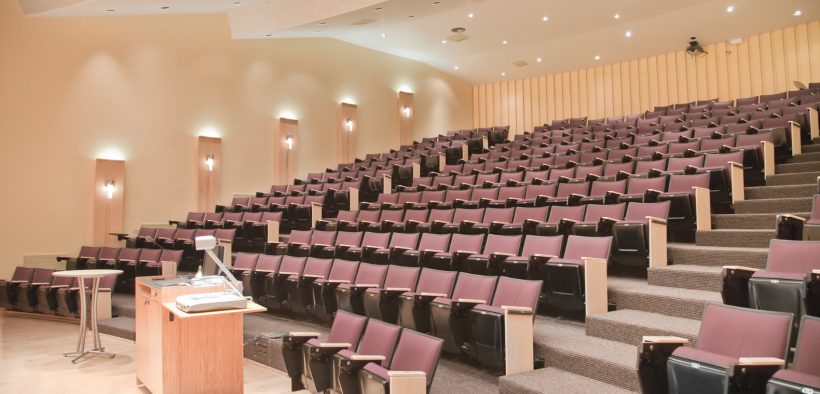While teaching and working from home during the pandemic, I developed a new respect for staying active and getting outside; new studies prove how much physical movement and nature matter to human wellbeing.
This is a takeaway worth applying to campus environments: academic spaces tangibly affect the experiences of teachers and learners. In recent years, learning science research has been amassing evidence around some key principles. For example, we know that
● relationship building is key to student persistence and success in college;
● humans learn by connecting prior experience and knowledge to new experiences and ideas in ways that feel meaningful and personally relevant; and
● interactive strategies that ask students to engage directly with the material result in more effective recall and retention of material than presenting them with extended exposition (lectures) by an instructor.
We also know we’re competing with tremendous demand from other forces in students’ lives for their attention, time, and energy. I’d like to recommend that we try something simple as a way to amplify learning science principles and to invite our students to experience learning as joyful, restorative, and intrinsically rewarding.
Your Learning Space: Friend or (Secret) Foe?

Related Articles
I have two loves: teaching and learning. Although I love them for different reasons, I’ve been passionate about...
Active learning is a mostly meaningless educational buzzword. It’s a feel-good, intuitively popular term that indicates concern for...
Perhaps the earliest introduction a student has with a course is the syllabus as it’s generally the first...
Generative AI allows instructors to create interactive, self-directed review activities for their courses. The beauty of these activities...
I’ve often felt that a teacher’s life is suspended, Janus-like, between past experiences and future hopes; it’s only...
I teach first-year writing at a small liberal arts college, and on the first day of class, I...
Proponents of rubrics champion them as a means of ensuring consistency in grading, not only between students within...







